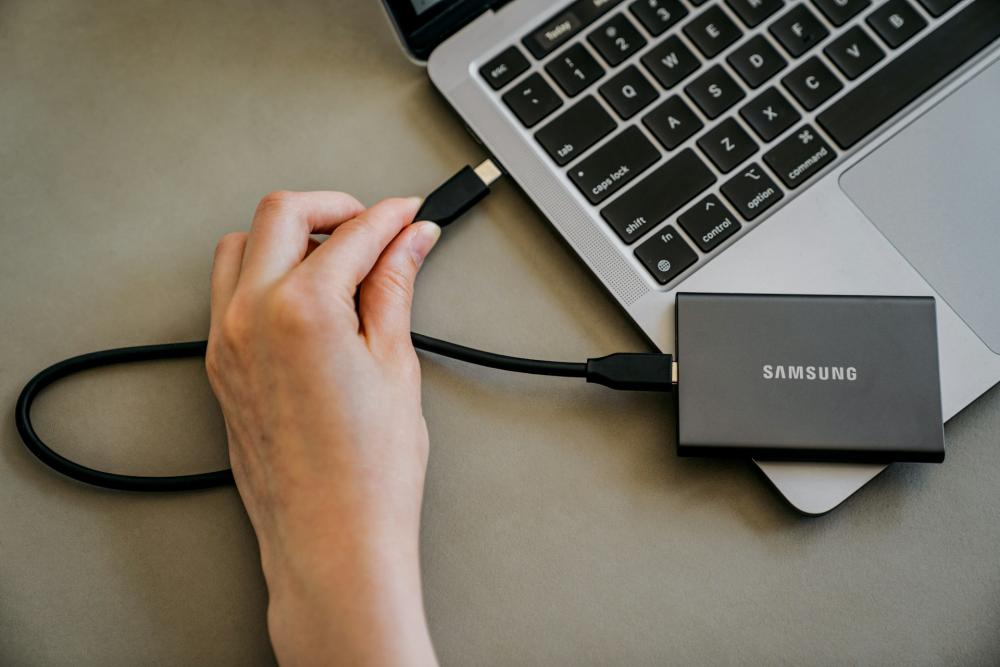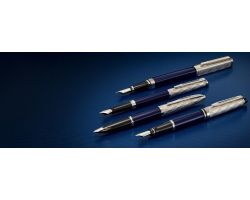In today’s world of technology, having enough USB ports can sometimes be a challenge. Whether you’re using a laptop, desktop, or even a tablet, the number of USB ports available can often be limiting.
If you’ve found yourself needing more USB ports than your device has to offer, then a USB hub may be the perfect solution. But what exactly is a USB hub used for, and how can it benefit you?
What is a USB Hub Used For?
A USB hub is a device that expands the number of USB ports available on your computer or device, allowing you to connect multiple peripherals at once.
Key Takeaways:
- USB hubs allow you to expand the number of available USB ports, making it easier to connect multiple devices.
- Powered hubs offer charging capabilities, while unpowered hubs are more suited for low-power devices.
- USB 3.0 hubs provide faster data transfer speeds, making them ideal for external hard drives and high-bandwidth devices.
- USB hubs help organise your workspace and keep your devices connected efficiently.
What Exactly Is a USB Hub?

A USB hub is a simple device that connects to your computer or other USB-enabled device, allowing you to add multiple USB ports. Essentially, a USB hub acts as a splitter, giving you more USB connections than your device originally had.
The hub connects to a single USB port on your device and, in turn, provides multiple ports for use. These additional ports can be used for connecting various devices, including flash drives, keyboards, printers, and even external monitors.
What Is a USB Hub Used For?
The primary use of a USB hub is to expand the number of available USB ports on your device. However, the benefits and uses of USB hubs go far beyond just adding more ports.
Let’s take a closer look at the main uses of a USB hub.
Expanding Connectivity
The most common reason to use a USB hub is to increase the number of USB ports available for your devices. Many laptops, tablets, and even desktops have a limited number of USB ports.
This can become problematic if you need to connect multiple devices at the same time—such as a mouse, keyboard, external hard drive, USB flash drive, printer, and other peripherals.
A USB hub makes it easy to connect several devices to your computer through a single USB port.
Simply plug the hub into your device, and you instantly gain more ports. This is particularly useful for those who work with multiple devices or need to connect peripherals regularly.
Charging Multiple Devices Simultaneously
Many USB hubs also come with charging capabilities, which means you can charge multiple devices at once. This feature is especially handy for individuals with several gadgets, such as smartphones, tablets, or portable music players.
Instead of plugging each device into a separate charger or outlet, you can use a USB hub to power multiple devices simultaneously. For added convenience, a printed wireless charger offers a sleek, cable-free charging solution.
Connecting Various Peripherals
USB hubs aren’t just for expanding ports—they’re also useful for connecting multiple peripherals to your computer. Here are some common examples of peripherals that can be connected via a USB hub:
Keyboard and Mouse: Use a hub to connect your keyboard, mouse, and other input devices to your computer, freeing up USB ports for other items.
External Hard Drives: If you work with large files or need extra storage, you can connect an external hard drive to a USB hub to access files quickly and easily.
Printers and Scanners: If you’re working in a home office or small business, a USB hub can make it easy to connect a printer or scanner while maintaining access to other devices.
Webcams and Microphones: For those working in video production, streaming, or virtual meetings, a USB hub can help manage the connection of webcams, microphones, and lighting equipment.
Faster Data Transfer

Many modern USB hubs offer fast data transfer speeds, especially those that support USB 3.0 or USB 3.1 technology.
These hubs can provide data transfer speeds of up to 5Gbps (USB 3.0) or even 10Gbps (USB 3.1), making it easier to transfer large files between your computer and external devices like hard drives, flash drives, or SSDs.
Types of USB Hubs and Their Uses
USB hubs come in various configurations and types, depending on your specific needs. Let’s explore some of the most common types of USB hubs and how they are used:
USB 2.0 vs. USB 3.0/3.1 Hubs
USB 2.0 Hubs: These hubs are typically slower in terms of data transfer speeds and are best suited for low-bandwidth devices such as keyboards, mice, or printers. USB 2.0 hubs are typically more affordable but may not be ideal for high-speed data transfer needs.
USB 3.0/3.1 Hubs: These hubs offer faster data transfer speeds (up to 5Gbps for USB 3.0 and 10Gbps for USB 3.1), making them suitable for devices that require high-speed data transfer, such as external hard drives, SSDs, or flash drives.
USB 3.0/3.1 hubs are ideal for people who work with large files and need fast, efficient data handling.
Powered vs. Unpowered USB Hubs
Powered USB Hubs: These hubs are ideal for users who need to connect power-hungry devices or charge multiple devices at once.
Powered USB hubs come with an external power supply, which provides extra power to each port, ensuring that all your devices can be powered simultaneously.
Unpowered USB Hubs: These hubs are bus-powered, meaning they draw power from the connected device (like a laptop or desktop). While they’re ideal for low-power devices like keyboards or mice, they may not provide enough power for charging multiple devices or powering larger devices.
With Promo Store, you can get tech gadgets like personalised power banks for your brand promotion and we have served thousands of customers till now. Apart from that, we also offer branded chopping boards, personalised cocktail shakers, custom yoga mats, and more.
Frequently Asked Questions:
1. What is a USB hub used for?
A USB hub is used to expand the number of USB ports on your computer or device, allowing you to connect multiple devices simultaneously, such as keyboards, external hard drives, printers, and more.
2. Can I charge devices with a USB hub?
Yes, many USB hubs provide charging capabilities, allowing you to charge multiple devices at once. Powered hubs are ideal for charging devices like smartphones, tablets, and even laptops.
3. What’s the difference between USB 2.0 and USB 3.0 hubs?
USB 3.0 hubs offer faster data transfer speeds (up to 5Gbps), making them ideal for high-bandwidth devices like external hard drives, while USB 2.0 hubs are suitable for low-power devices like keyboards and mice.
Conclusion
USB hubs are incredibly useful tools for expanding the connectivity of your device and improving your overall productivity. Whether you need to connect multiple devices, charge several gadgets at once, or transfer large files quickly, a USB hub is an essential accessory that makes it all possible.
With different types of hubs available, from USB 3.0/3.1 hubs to USB-C hubs, you can find the right solution to meet your specific needs.







